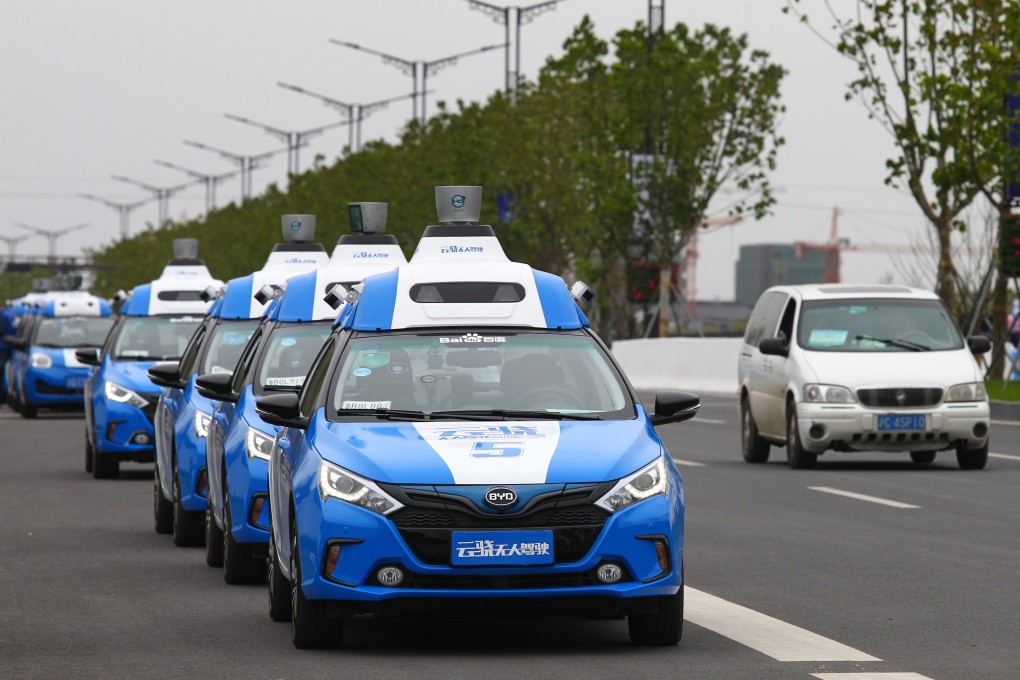Advertisement
Why is it so hard to make a truly self-driving car?
Despite a continuous stream of announcements from tech giants, experts say truly autonomous vehicles are at least a decade away
Reading Time:2 minutes
Why you can trust SCMP

This article originally appeared on ABACUS
Chinese tech company Baidu announced this week that it has started mass-production of its autonomous minibus -- with the first 100 having already rolled off the production line.
But you won’t see these vehicles on suburban roads or even highways.
That’s because the 14-seater buses are limited to geo-fenced areas -- starting with shuttle services around nuclear power plants, as well as in senior communities in Japan. (You read that right: nuclear power plants).
Advertisement
Other possible areas include tourist spots, business parks and airports.
The common thread here is that they won’t have the freedom of the open road but instead be tied to a defined geographic area.
How China and the US are steering self-driving cars
Why is it so hard to make an autonomous vehicle?
Advertisement
Select Voice
Choose your listening speed
Get through articles 2x faster
1.25x
250 WPM
Slow
Average
Fast
1.25x